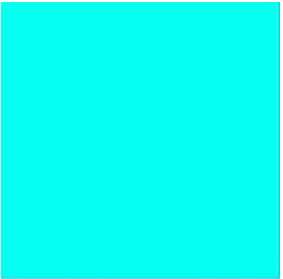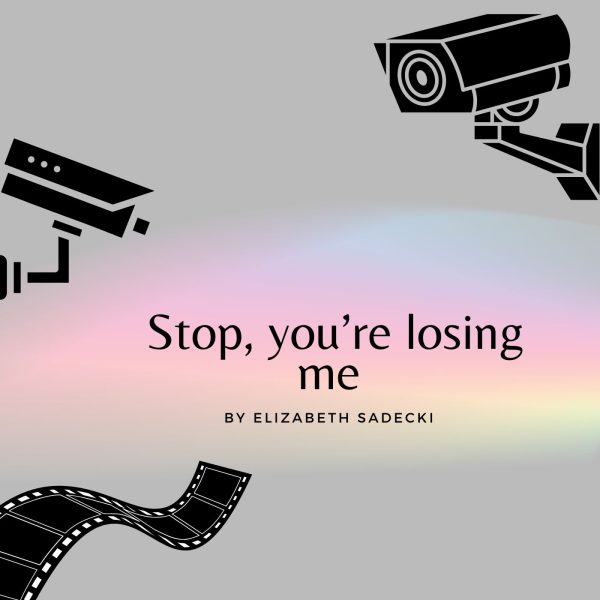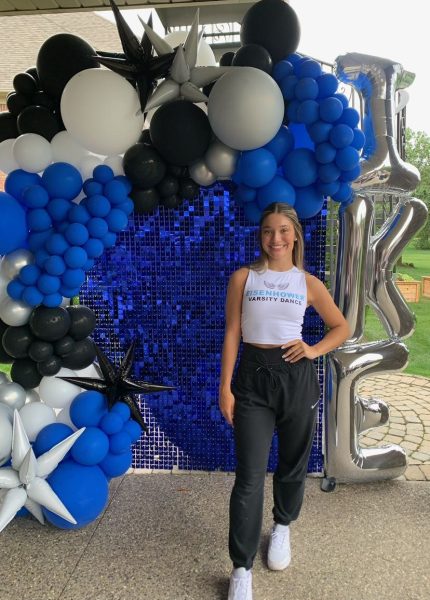Psychology of Color

Color psychology involves the study and research of effects colors may have on human behavior.
Color affects the appeal of food and drinks, according to John Collins from the University of Louisiana State. It not only indicates the deliciousness of food, but can impact a customer to buy a specific product. For example, candy in stores may be colored in pink, red or green packaging to promote a flavorful taste.
Light colors including baby blue, pink, or yellow can make one think of an environment, specifically surroundings. The color “light” brings the thought of a bright and happy tone. Light sources can affect internal or external objects by changing the color of their surface. Light and the color of an object can affect how one sees its positioning. The color of an object can affect whether or not it seems to be in motion. A glare of sunlight can affect the shade of color on an object turning a shiny gold into a silvery pink. Baby colors such as pink or blue can represent holidays such as Easter or Valentine’s Day which bring happiness and joy.
Dark colors are likely to bring dark, negative thoughts according to Megan Brown from the University of Florida State. When colors such as brown, black, grey or charcoal are thought of, there is a spark of doubt that comes to mind. For example, if teens tend to surround themselves with dark environments such as a dark colored room, or even painting their nails and dying their hair black may be a sign of depression, doubt or emptiness. If a dark color is used for a school related topic such as black folders, pencils, or backpack, this may be an indication of strain or difficulty. Dark colors used for food packaging could even mean that a certain type of food is bad for the body, or filled with bad ingredients according to a nutritionist from the University of Kentucky.
Every color has a specific meaning on how it makes one feel. Red represents lust, power, excitement and love. Yellow can represent competence, low quality or inexpensiveness. Green represents positive taste, envy and health. The color blue represents a masculine feeling, high quality element and a strong sense of reliability. Pink makes one think of sophistication and sincerity. Purple represents authority, power and natural beauty. The color orange constitutes warmth, excitement and new beginnings. Brown brings ruggedness or unknowingness. Black shows grief, sophistication, fear or death. The color white gives off a representation of happiness, sincerity and purity. All of these colors contribute to the human mind and the thoughts that it gives off.
Remi Schloff, a psychologist from the University of Michigan believes there to be four specific colors: red, motivated by power; blue ,motivated by intimacy; white, motivated by peace; and yellow, motivated by fun. She believes these colors to take the main action on everything from mood, to behavior and even to academic performance. Although there are many different effects of each color, different shades sprout a sense of positivity and inspiration to each and every individual.
According to an Eisenhower student Kylie Karasinski, baby blue is the best color because it represents holiness and happiness. When she thinks of the color blue, happy calming feelings come to her. When she is surrounded by any shade of blue she feels safe.
Each color has its own representation that makes each and every person feel a certain way. It is important to be surrounded by colors that bring positive feelings.
Your donation will support the student journalists of Eisenhower High School. Your contribution will allow us to purchase equipment and cover our annual website hosting costs.









